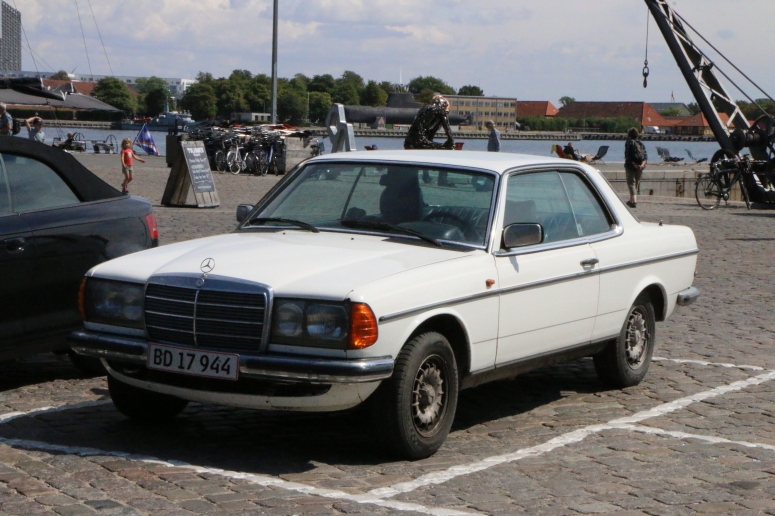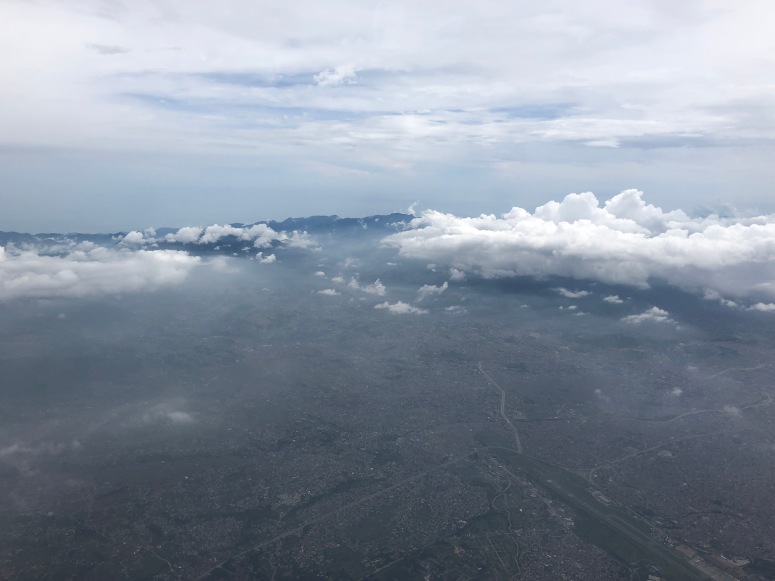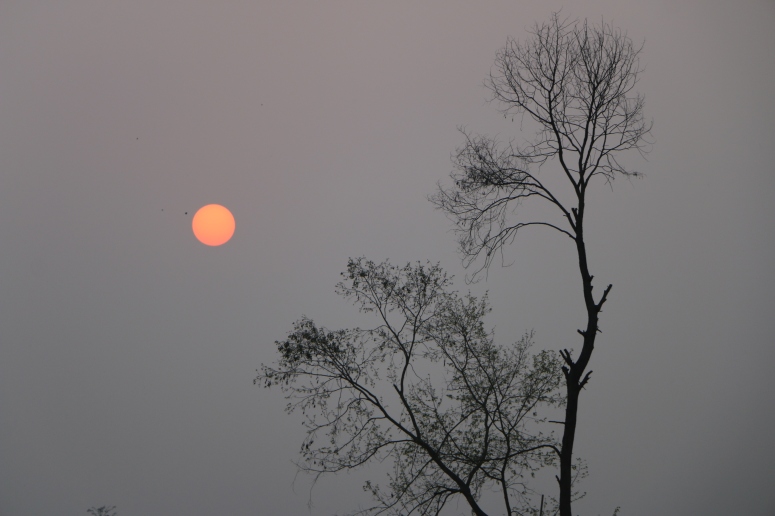2019+Photo+Essays+Alexander+Gadegaard
For my photo essay, I decided to compare two different cultures regarding traffic – Danish and Nepali. I initially chosen to only focus on traffic in Kathmandu, but after reviewing my photos with Mr. Quinn, I decided to compare both Copenhagen and Kathmandu, as I didn’t have enough photos for just Kathmandu. Additionally, this would also create more of a narrative aspect and provide a perspective between the difference of two oppositely situated countries. To enhance the difference, the colours and situations in each country’s pictures were opposite, and this would play a role in my final presentation in the photo essay. One image of organized Danish traffic was surrounded and ‘countered’ by one or two images of Nepali traffic. The contrast of organization and cleanliness would prove the difference between a developed country and a third world country, and how different aspects of life were functioning and played out. Comparing opposites is a simple way of attracting attention. In a way, one side could be considered a ‘free-for-all’, while the other is supported by rules and traffic lights, and also citizens that respect them. Also considered would be that from these images, the audience can also receive a better understanding on how each country respects law and order, and the respect of others around them.
When I first inserted the photos into JooMag as my essay, I had each photo slightly spaced between each other, with a white background, as an idea of equal spacing and organization. This way very basic, and rather bland. After my feedback, I changed my layout to have the photos right next to each other, with no space between to play even more on the documentation and perspective on the difference and contrast of each individual photo. With the photos from Kathmandu, there is mainly a deeper depth of field, as there are many subjects to focus on in certain photos. There is lower lighting, and most images are at a closer distance. The photos are also at a ‘behind angle’, as they are behind the subjects and specific action. Compared to the photos in Copenhagen, there are higher levels of contrast and colour, and the angles of each photo changes from front, to side, and also from the back, adding additional perspective on how the city’s traffic functions. For Kathmandu, I did not have my camera, resulting me in using my IPhone. I could not change ISO or really play with depth of field. For Copenhagen, I had my camera, but I had it on autofocus, therefore the ISO was automatically adjusted with the shutter speed being high. I did not want to worry so much about other aspects such as aperture as I was in a slight rush.
To improve, I would want to make sure that I have a high-quality camera for both areas of traffic. I would also want to set up beforehand, and make sure I have an area where I can take high quality images and get the most out of perspective of traffic simultaneously. I did not edit any of the images, but I probably could have slightly to increase the contrasting effect of each country. I would also then try to play more with an intricate design of the layout with shapes, but not something distracting the audience from the photography. The black background is still rather plain, and should be edited.
Overall from this shorter unit, I feel I’ve taken more things into consideration when photographing. I was already familiar with certain techniques, and generally enjoy photography, but learned some new things or went more into depth, which will stick with me.
—————————————————————————————————————————————–
The cover photo for this blog section is during a flight leaving Kathmandu Valley. The picture covers majority of the valley, but on top of the city is a huge cluster of smog and heavy air pollution.
Almost all photos here are taken with my Canon EOS 70D.







